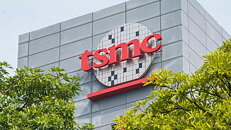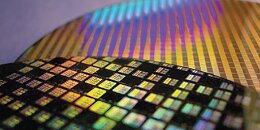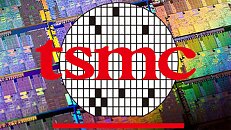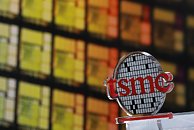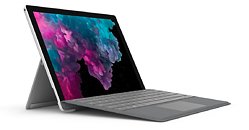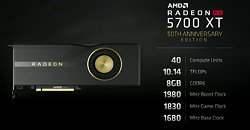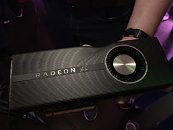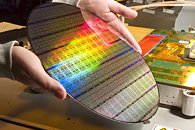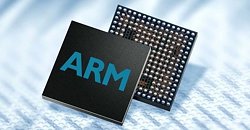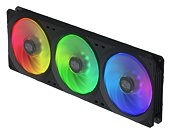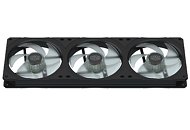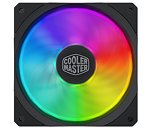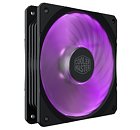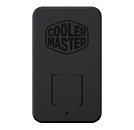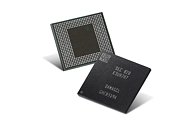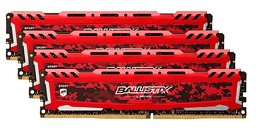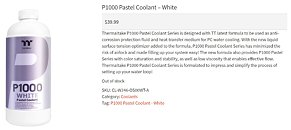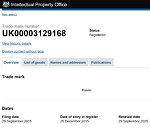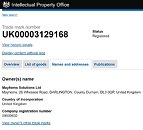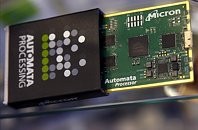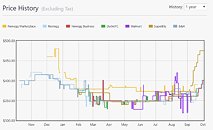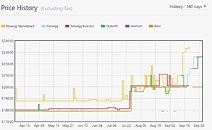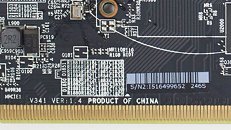
TSMC Says it Still Won't Build a Fab in the US
TSMC, as one of the largest silicon manufacturers in the world, has been subject to pressure from the Trump administration to build a Fab and manufacture silicon on US soil. The reasoning behind this is that the US government could order chips that are supposed to be used in military applications. For security reasons, they need to be manufactured on US grounds and "checked" by the US government. However, it seems like a Taiwanese company has no concrete plans to realize the building of the US Fab.
Thanks to the report of DigiTimes, TSMC has confirmed that they have resisted requests from the US government, and will not build a Fab on US soil for the government. They haven't dismissed the possibility of building one or silicon manufacturing facilities in the US completely. TSMC chairman Mark Liu has told DigiTimes previously that if the company wants to build a US Fab, it will do so because of consumer demand, not the government demand. And that is understandable. It is much easier to work with regular customers compared to the US government which would force a company to go through rigorous security levels to deliver chips.
Thanks to the report of DigiTimes, TSMC has confirmed that they have resisted requests from the US government, and will not build a Fab on US soil for the government. They haven't dismissed the possibility of building one or silicon manufacturing facilities in the US completely. TSMC chairman Mark Liu has told DigiTimes previously that if the company wants to build a US Fab, it will do so because of consumer demand, not the government demand. And that is understandable. It is much easier to work with regular customers compared to the US government which would force a company to go through rigorous security levels to deliver chips.
